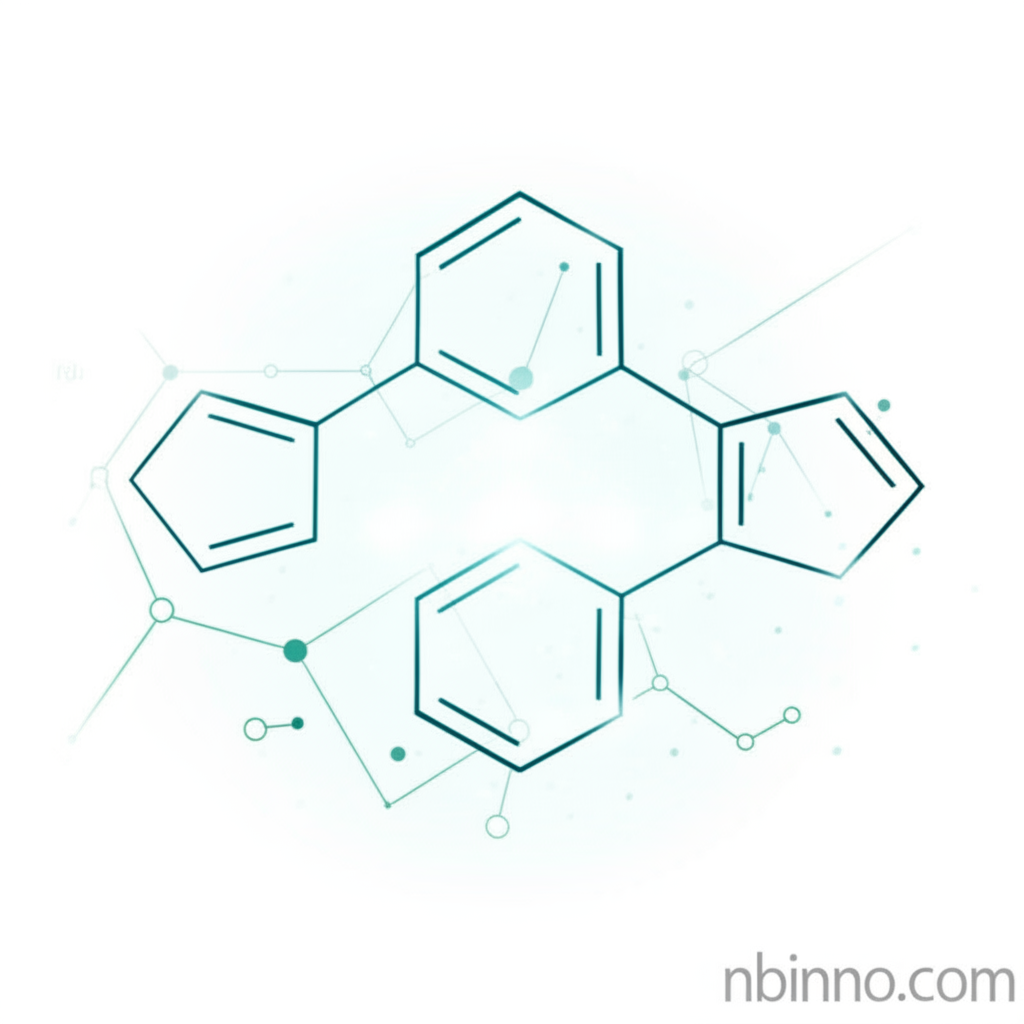8-Iodonaphthalene-1-carboxylic Acid: Properties, Synthesis, and Applications in Organic Chemistry
A key organic intermediate with diverse applications in synthesis, medicine, and industry.
Get a Quote & SampleProduct Core Value

8-Iodonaphthalene-1-carboxylic acid
This compound is a vital building block in organic synthesis, particularly for creating complex molecules and pharmaceuticals. Its unique structure, featuring an iodine atom and a carboxylic acid group on a naphthalene core, allows for diverse chemical transformations.
- As a critical chemical intermediate, its synthesis involves methods like the modified Whitmore procedure, enabling efficient production for various applications.
- The compound exhibits potential antimicrobial and anticancer activities, making it a subject of interest in medicinal chemistry for drug discovery.
- Its utility extends to the industrial sector, serving as a precursor in the production of dyes and pigments, showcasing its versatility.
- Exploring 8-iodonaphthalene-1-carboxylic acid applications reveals its role in advancing scientific research through its use as a biochemical probe and in developing novel therapeutic agents.
Key Advantages Provided
Versatile Chemical Reactivity
The presence of the iodine atom and carboxylic acid group allows for a range of chemical reactions, including substitution, oxidation, and reduction, facilitating the synthesis of diverse organic compounds.
Medicinal Chemistry Potential
Research into organic chemistry reagents highlights its potential in developing new anticancer agents and antimicrobial compounds, addressing critical needs in healthcare.
Broad Industrial Applications
From the production of vibrant dyes to specialty chemicals, this compound's chemical intermediate role is crucial across various industries.
Key Applications
Organic Synthesis
Serves as a crucial building block and intermediate in the synthesis of complex organic molecules, supporting advancements in research and development.
Medicinal Chemistry
Investigated for its potential in developing new therapeutic agents, including anticancer drugs and antimicrobials, contributing to pharmaceutical innovation.
Dye and Pigment Production
Utilized in the industrial sector as a component for creating various dyes and pigments, highlighting its role in material science.
Biochemical Research
Employed as a biochemical probe to study enzyme activities and metabolic pathways, aiding in a deeper understanding of biological processes.
